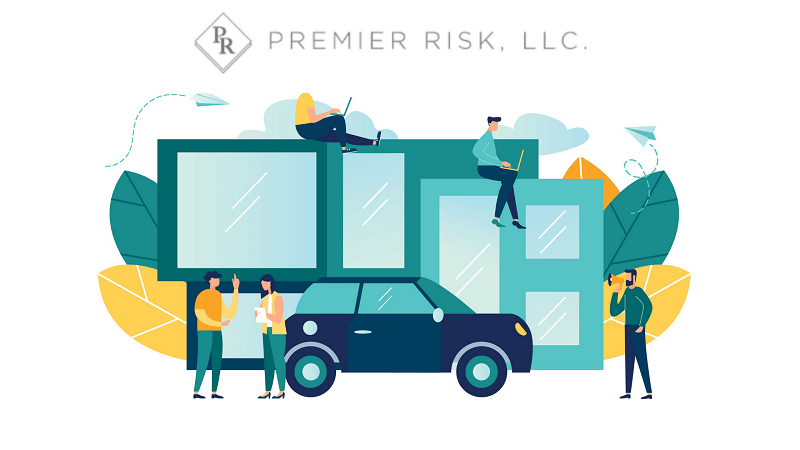If you’ve ever considered buying a modular home in New York, you may wonder if you can protect it with a standard homeowners’ insurance plan. The answer is yes since many insurance companies don’t differentiate between a modular and conventional home. Nonetheless, there may be differences in risks. Here’s what you need to know about modular or mobile home insurance in NY.
The Basics of Mobile, Modular and Manufactured Homes
Before you rush out and buy mobile home insurance in NY, it’s helpful to know the definition of modular, mobile, and manufactured homes.
- Mobile Home
The term “mobile home” is often used to describe a home that is designed to be transported on wheels.
- Modular Home
A modular home is built in a factory before it’s transferred in parts and assembled at the desired location. It typically requires the help of a crane to get the parts to the site. Once the modular home is assembled, it sits on a permanent foundation, unlike a mobile home. A modular home can rest on a slab, basement, or other foundation.
- Manufactured Home
The U.S. Department of Housing and Urban Development (HUD) differentiates between mobile and manufactured homes. HUD defines a mobile home as a factory-built structure with a movable chassis fabricated before June 15, 1976. Similar models built afterward are referred to as “manufactured homes.”
Modular Homeowners Insurance
Insurance for a modular home is simply a standard homeowners policy. It covers the basics of homeowner risks such as reimbursements for natural disasters, theft, and vandalism. It also covers liabilities involving bodily injury or property damage sustained by other people.
HO-3 Insurance Policies
An HO-3 is the most widely purchased form of homeowners insurance, as it includes the standard homeowners’ plan. It’s also known as a special form policy. Modular homeowners are eligible for this coverage. If your modular home is destroyed, the policy will pay for replacement costs instead of actual cash value (ACV).
A modular home, however, isn’t usually covered by HO-3 insurance while the home is being built. The manufacturer should already provide some type of coverage during this phase. If not, you can buy a builder’s risk policy until the home is delivered and assembled at its site. Here are some of the many sources of home damage that are excluded from an HO-3 policy:
- Pets that belong to the insured
- Government orders
- Intentional destruction, say with fire
- Neglected leaks or other maintenance issues
- Power outages
- Movement in the home’s foundation
Mobile Home Insurance
While modular homes are covered under HO-3 plans, mobile and manufactured homes are insured with HO-7 plans. An HO-7 is similar but costs more because mobile homes are less likely than conventional homes to withstand damage caused by strong winds, floods, and fire. Moreover, cheaper materials create higher risks. Mobile homes in low-income neighborhoods are also often vulnerable to theft and vandalism.
Cost of Home Insurance Cost
The age, size, and value of the home are some of the key factors in determining the cost of insurance, along with location, building materials, and history of claims. One way to lower home insurance costs is to invest in solutions that reduce risks, such as security cameras, stronger locks, and alarm systems.
Learning about home insurance in NY for different types of dwellings can help you decide whether you should buy a conventional, modular, mobile, or manufactured home. Contact us at Premier Risk, LLC to discuss your living situation and the insurance coverage you need to protect your valuable assets.










